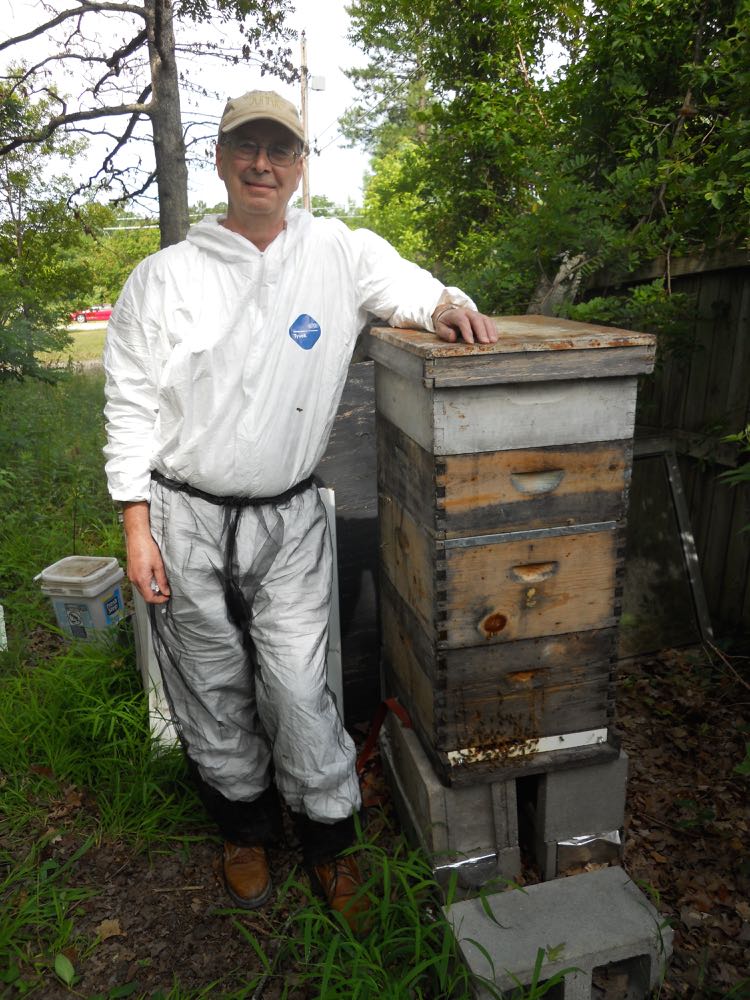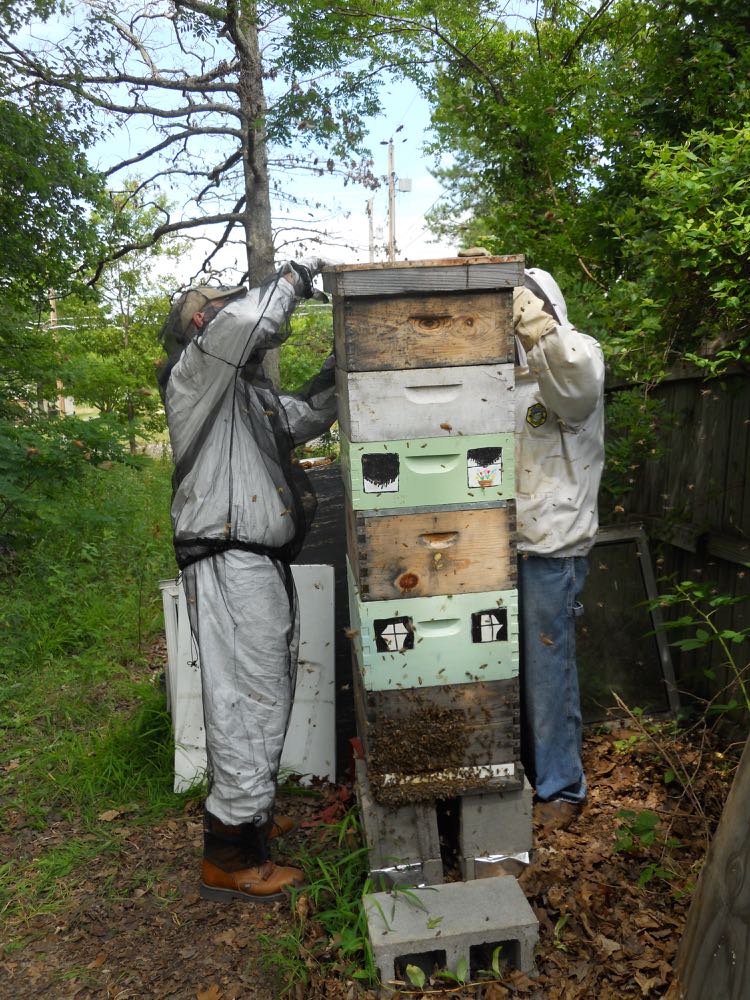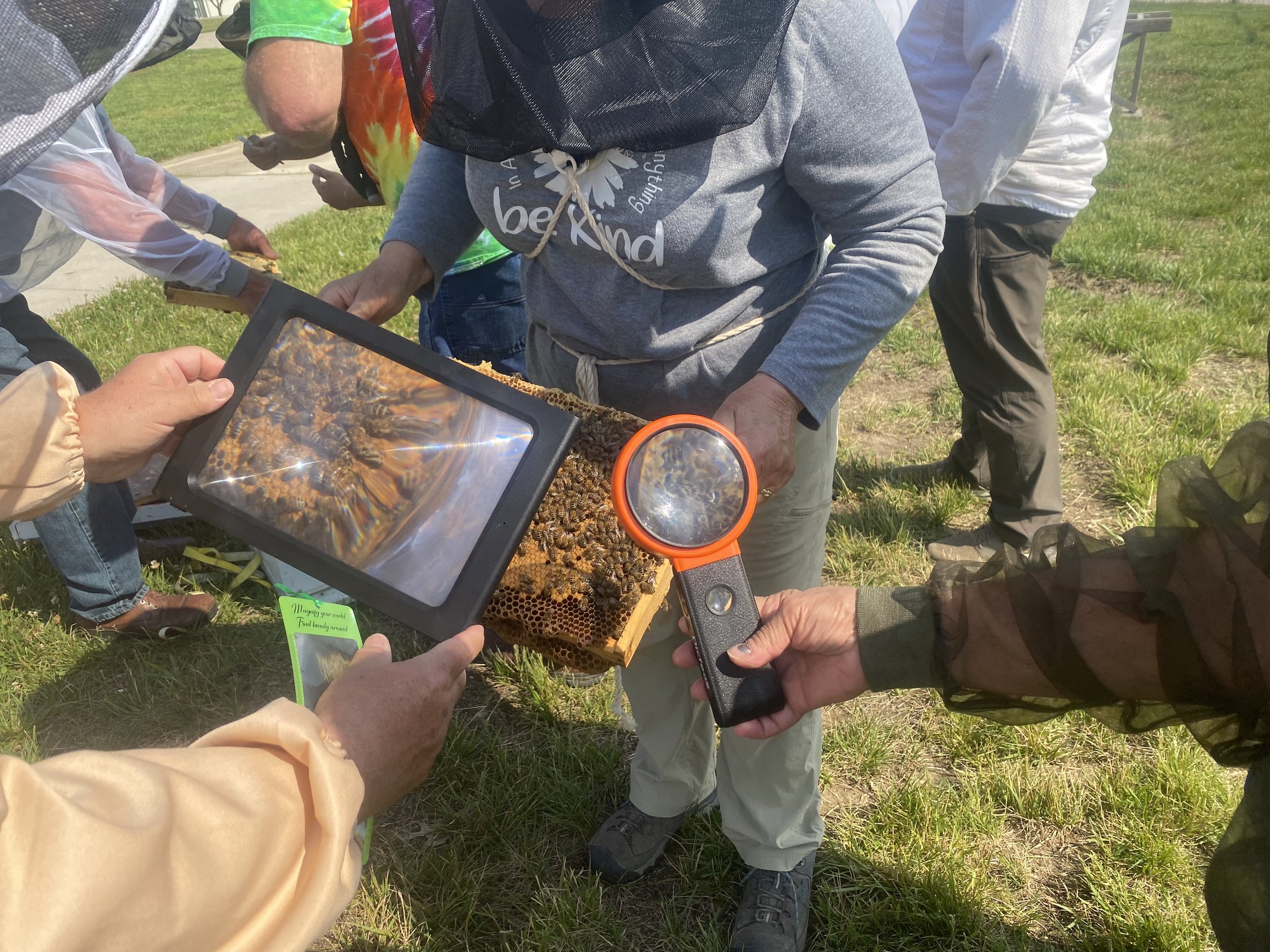Snow "Honey Bee"
/This metal garden decor was covered in snow, suggesting the visitor was a bee.
Snow "Bee"
Ever since I started keeping honey bees eight years ago, my perspective on life continues to change.
I was already sensitive to nature, enjoying the passing of time through what was blooming, or migrating, through my certified wildlife garden. It's more than noting the weather forecast, it's becoming in sync with nature's evolution and making it part of one's personal awareness, and schedule. When monarchs were scheduled to migrate through my property, I scheduled time on my top house deck to enjoy seeing them fly by.
It's not for everyone. One of my friends lives in Washington D.C. in a huge building apartment. She walks to the subway system through the building basement, then gets to her office through another underground labyrinth, never seeing, or feeling, the daily weather conditions.
I spent a week with her and although I enjoyed the quality time, I didn't enjoy the lifestyle. I missed seeing the birds and bugs that keep me company in my garden and my regular chores of taking corn, adding suet and pouring seeds into feeders. In winter, I look for footprints through the snow, or mud, to see what creatures have been moving through and eating. In summer, it's wonderful to sit at one of my reading nooks and watch birds bathing in bird baths and checking out bees in my bird baths and bird feeders.
I also enjoy seeing the different shapes my flowers take when they are covered in snow, I call those snow flowers. When we had our last snow, I laughed when I saw my garden dragonfly sculpture covered in snow. If when it snows my plants transform themselves into snow flowers, why not a "snow honey bee"?
Charlotte






























































